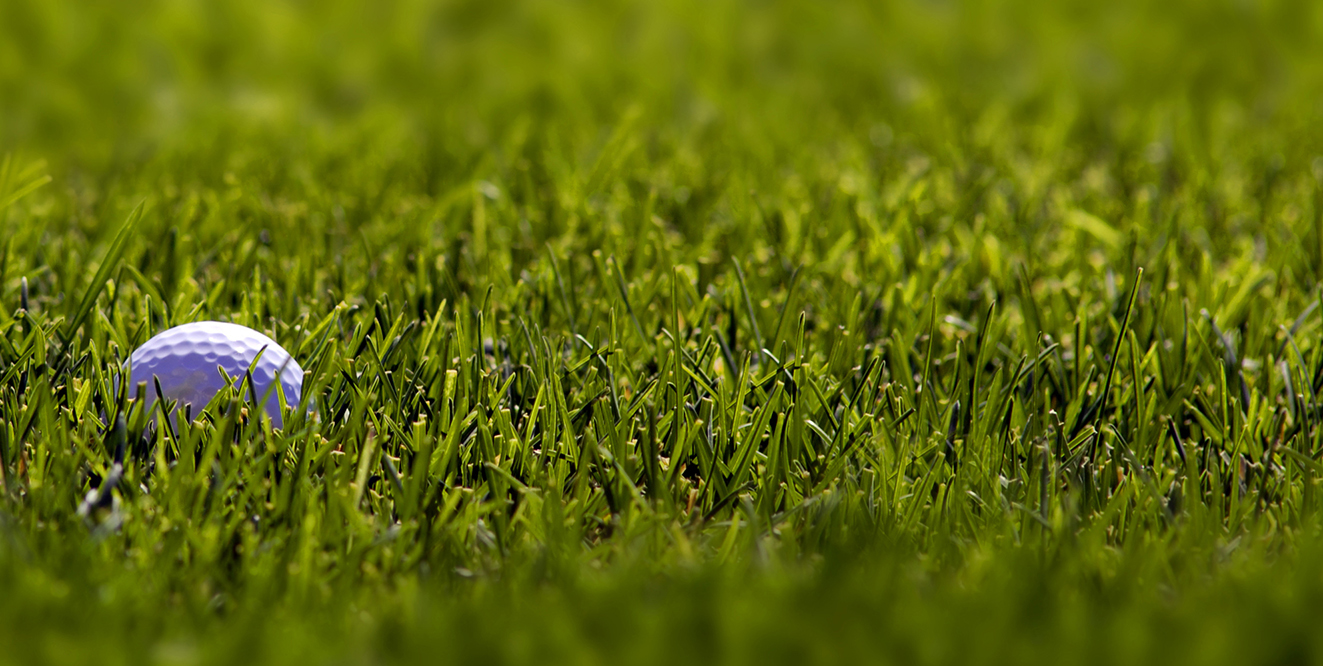
Summer brings new plant needs, especially for carbohydrate storage.
Summer Solstice and the Dog Days of Summer
Posted in Best Turf Management Practices, Summer Turf Management by Curtis Williams
BY: DALE MILLER, AmeriTurf Agronomist
Summer solstice passed in June, which is the physiological date the plant, especially as warm season grasses go into “Carbohydrate Storage” mode and leaf formation is decreased. The plant is no longer a vertical, sun capturing machine but is now transitioning into a storage, hibernating mode.
The agronomic fact is that the plant, after millions of years of life, has learned what the normal day length is and the necessary response to assure viability and survival year after year.
This shift to carbohydrate storage is easily seen on golf courses, especially on fairways, tees and roughs where scalping is much more evident than it is in the spring.
Physiologically, the plant is building storage sinks – stolons and rhizomes – which are noticeably enlarging and lengthening. This is the storage of carbohydrates for future use and is normal, especially with warm season grasses which are not good rooting species compared to the cool season grasses which store in roots. You see increased root mass of cool season grasses during storage periods, typically a bit different than warm season species.
Consider a couple agronomic, cultural and nutritional adjustments during this phase as opposed to continually mowing off reserves and creating plant stress, growth response and reduced reserves through summer and into fall before the plant shuts down mostly to completely.
• Slightly raise height of cut. This helps the plant build carbohydrates as cutting into storage “Stolons” is reduced and the plant is not constantly trying to replace leaf material removed.
• Increase slightly the use of vertical growth regulators. This will have the effect of lessening the requirement to mow and cut into stolons, which will help the plant.
• Density will naturally increase as the plant is not trying to grow leaf. Try not forcing it to do something it doesn’t want to do by removing too much leaf.
• Slightly reduce Nitrogen inputs, which again reduces growth and leaf production.
• Slightly increase P, K, Ca, Mg, Micros as these all promote carbohydrate building without producing excess growth.
• And last but not least, assure you have an excellent carbon source in your programs as we can’t get around the plant being 45% carbon based. Carbohydrate building will benefit greatly from carbon supplementation, especially in available, usable Amino Acid forms as well as Fulvic Acid forms which are both much more soluble and available, immediate use carbon sources. Remember, this also stimulates microbial activity which is now depressed due to the onslaught of heat now penetrating deep into the soil.
It is not uncommon in high heat – over 95 degrees consistently – for the microbes to become sluggish. This lack of activity is evident in the lessening of thatch decomposition and solubilizing compounds in the soil as well as from nutrient inputs and that which is tied up in the soil.
There is a good reason for the term “Dog Days of Summer” in the turf industry.
With lower day length, deep soil heat, tendency to cloudier days and the plants desire to store as opposed to grow, is it a wonder the grass looks bad in the deep summer “Dog Days” as opposed to the optimal temperature conditions, day length sun and typically higher moisture soils of the spring and early summer.
Grass growing and management is a common sense venture in many ways. Understand what is going on and develop programs that do not negatively impact the plant and what it is trying to do and the conditions in the winter, spring will be far better.
Nutritionally today, we have significant weapons in the hunt to provide better growing conditions.
Use of improved carbon sources, smooth up take of nutrients, along with less nutritional reactions, fixation, tie-up and leaching are common place with improved products available now versus the “old school” use of inorganic N, P, K, Micros and the inefficiency of those old programs.
Do they work, yes, to a degree, but they are nowhere near as efficient input for input, amount for amount or dollar for dollar. The results of understanding the agronomics and proper use of nutrients these days is unquestionably positive.
This is an exciting time in the nutritional world for plants with tremendous recent advancements making things much more effective.
Please give your AmeriTurf sales consultant a call, or contact me, and we will gladly work with you to maximize your benefits and success.
Let’s reduce the negative effects of the “Dog Days” and the events that create problems downline.
Look forward to hearing from each of you and how these suggestions are improving your conditions and consistency annually.